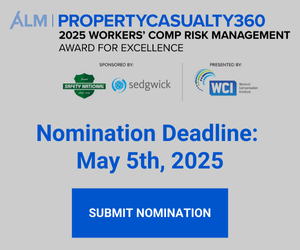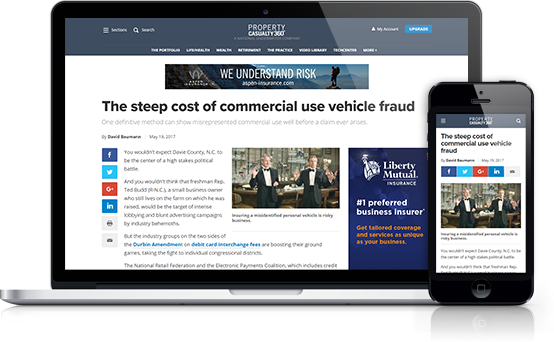Owning a residential rental property is first and foremost an investment. And like any investment, its success depends on generating income, or in other words, its ability to attract tenants. With more than 108 million renters in the U.S. and over 22 million landlords according to the Rental Protection Agency, it’s easy to see why property owners and landlords need to identify potential hazards for tenants and guests, and address them accordingly.
The National Multifamily Housing Council says more than 43 million households or 35% are renter-occupied. The largest segment of renters, 17%, are 30 years of age or younger. The cities with the largest number of renters include: New York, N.Y.; Los Angeles, Calif.; Chicago, Ill.; Houston, Texas; Philadelphia, Pa.; and Phoenix, Ariz. The majority of renters (43%) live in single-family homes and 35% of renters live in structures with five or more units.
Nothing attracts and retains renters like a reputation for being a safe and secure place to live. Successful landlords and their property managers know that maintaining safe premises is an ongoing process of reducing risk. The following 10 practices serve as a good starting place.
Recommended For You
Want to continue reading?
Become a Free PropertyCasualty360 Digital Reader
Your access to unlimited PropertyCasualty360 content isn’t changing.
Once you are an ALM digital member, you’ll receive:
- Breaking insurance news and analysis, on-site and via our newsletters and custom alerts
- Weekly Insurance Speak podcast featuring exclusive interviews with industry leaders
- Educational webcasts, white papers, and ebooks from industry thought leaders
- Critical converage of the employee benefits and financial advisory markets on our other ALM sites, BenefitsPRO and ThinkAdvisor
Already have an account? Sign In Now
© 2025 ALM Global, LLC, All Rights Reserved. Request academic re-use from www.copyright.com. All other uses, submit a request to [email protected]. For more information visit Asset & Logo Licensing.








